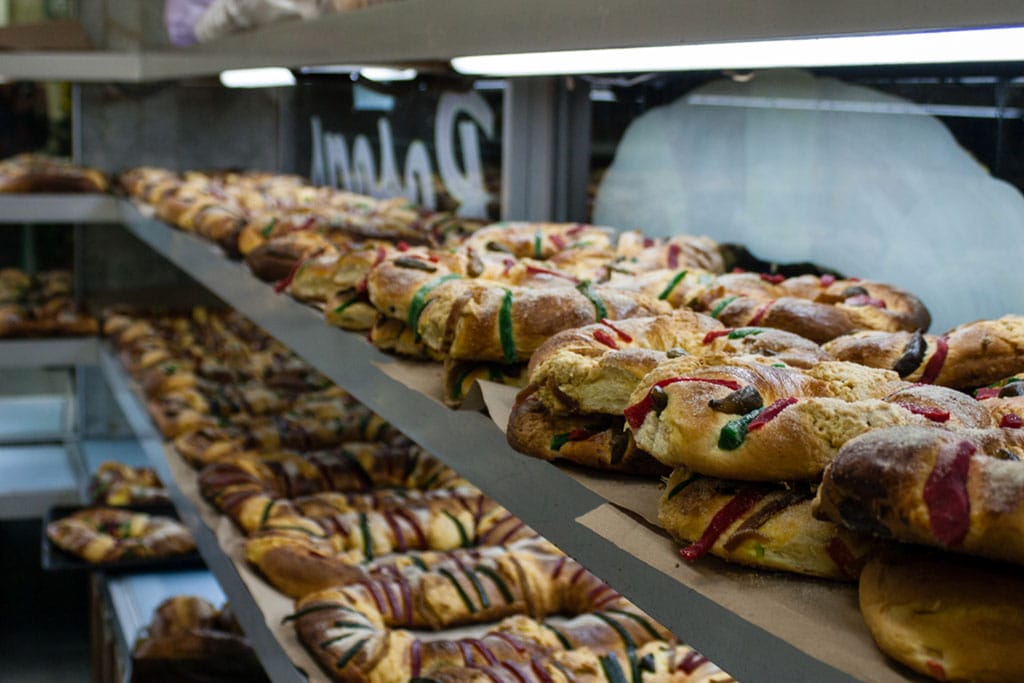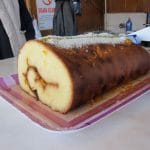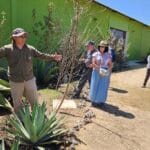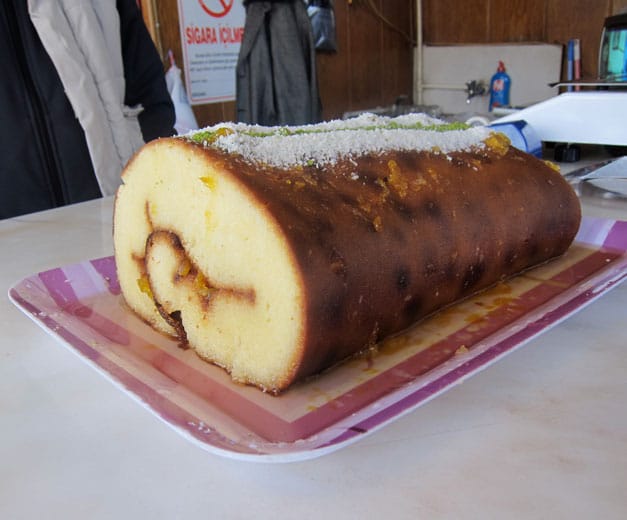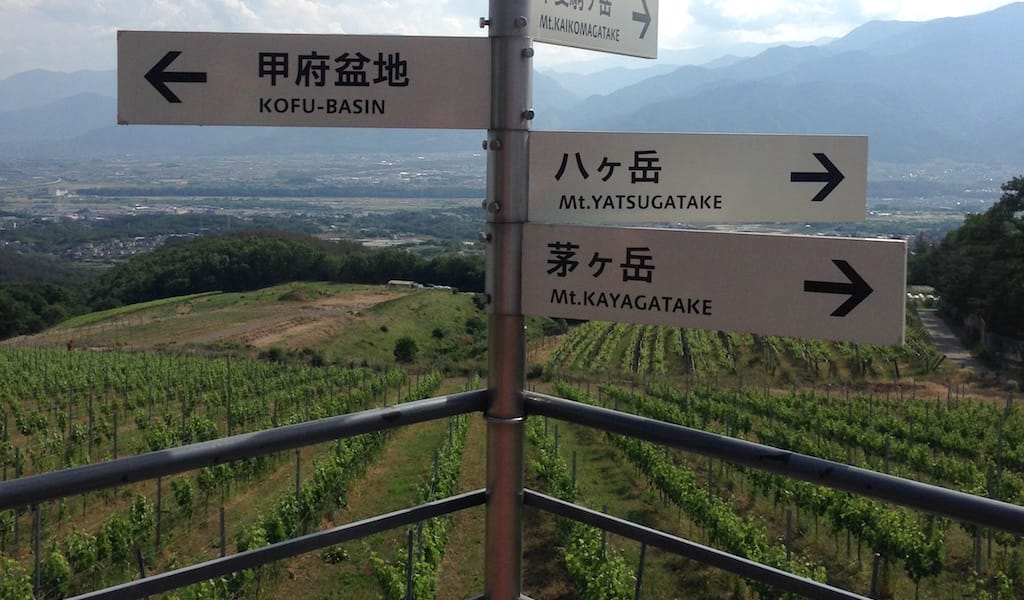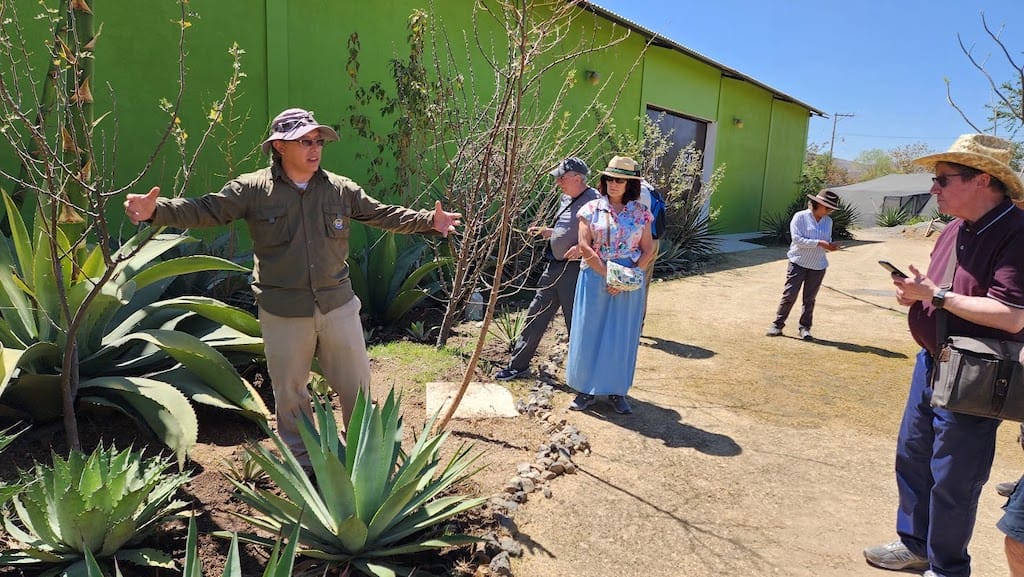Editor’s note: Mexico and Spain unsurprisingly have a number of customs in common, especially during the winter holidays. This is the first installment of a two-part special on a sweet tradition that’s shared by the two countries, and the second will appear tomorrow.
In Mexico, Epiphany (or Día de Reyes, in commemoration of the Three Magi’s visit to the baby Jesus), celebrated on January 6, offers an opportunity to extend the Christmas season. Mexican kids go to bed early on January 5 expecting to find gifts next to the Nativity scene the following morning. The traditional way to celebrate this holiday is by eating rosca de reyes (“kings’ cake”), an anise-scented, ring-shaped cake or sweet bread decorated with slices of candied fruit.
Embedded within the pastry is a baby figurine (sometimes more than one). The figurines were once made of porcelain, but plastic is more common nowadays. In most households, schools and offices, everyone gathers to enjoy the rosca de reyes with cups of hot chocolate. They chat eagerly while waiting for some lucky person to find the baby figurine in his or her slice. Whoever finds it is obliged to prepare tamales for the Candlemas celebration on February 2, a ceremony that fuses Catholic and pre-Hispanic customs and marks the end of the holiday period. (Stay tuned for more on Candlemas in a future post.)
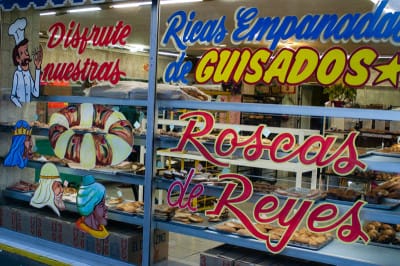 In Mexico City there are many places where one can get rosca de reyes – not just bakeries, but also department and auto-service stores, subway stations, street stands and even makeshift venues in private homes. Not all roscas are made equal, however; here are a few of our favorites.
In Mexico City there are many places where one can get rosca de reyes – not just bakeries, but also department and auto-service stores, subway stations, street stands and even makeshift venues in private homes. Not all roscas are made equal, however; here are a few of our favorites.
Pastelería La Ideal
Located in a two-story building on Av. 16 de Septiembre, La Ideal has been in business since 1927 and buzzes with activity from the moment its doors open early in the morning. The bakery offers different sizes of rosca de reyes, from single-serving portions to the largest size, which can serve 40 people.
Pastelería La Suiza
This bakery is Catalan – not Swiss, as its name might indicate – and has been in business since 1947. It’s best known for its selection of European breads and baked goods, but we love the pan de muerto and rosca de reyes because of their luscious filling, which is made from nata, the cream made by boiling whole milk, along with confectioner’s sugar, and gives these sweet breads an incomparable richness.
This feature was originally published on January 3, 2014.
Published on January 05, 2015
Related stories
March 7, 2020
IstanbulSettling into our first cross-country journey in Turkey many years ago, we were pleasantly surprised by the comforts of Turkish bus travel. The young garson wore a proper uniform and dribbled cologne onto our hands every hour or so. Tea was served regularly, accompanied by one of our early Turkish culinary discoveries, Eti brand pop…
October 25, 2017
Tokyo | By Culinary Backstreets
TokyoWhen we think of wine hotspots (or even coldspots), Japan is not the first place to come to mind. But the story of wine production in the country is a surprising and fascinating one, with roots in the modernization efforts of the 19th century. As a follow-up to our recent Harvest Week, we spoke to…
August 10, 2023
Oaxaca | By Francisco de Santiago
OaxacaTraveling through Oaxaca, the impact of the mezcal boom is evident. In Oaxaca City, mezcalerias can now be found on almost every corner, while in the countryside rows and rows of freshly planted agave can be seen in fields that had previously been devoted to other crops. What’s harder to discern is the worrying impact…







































